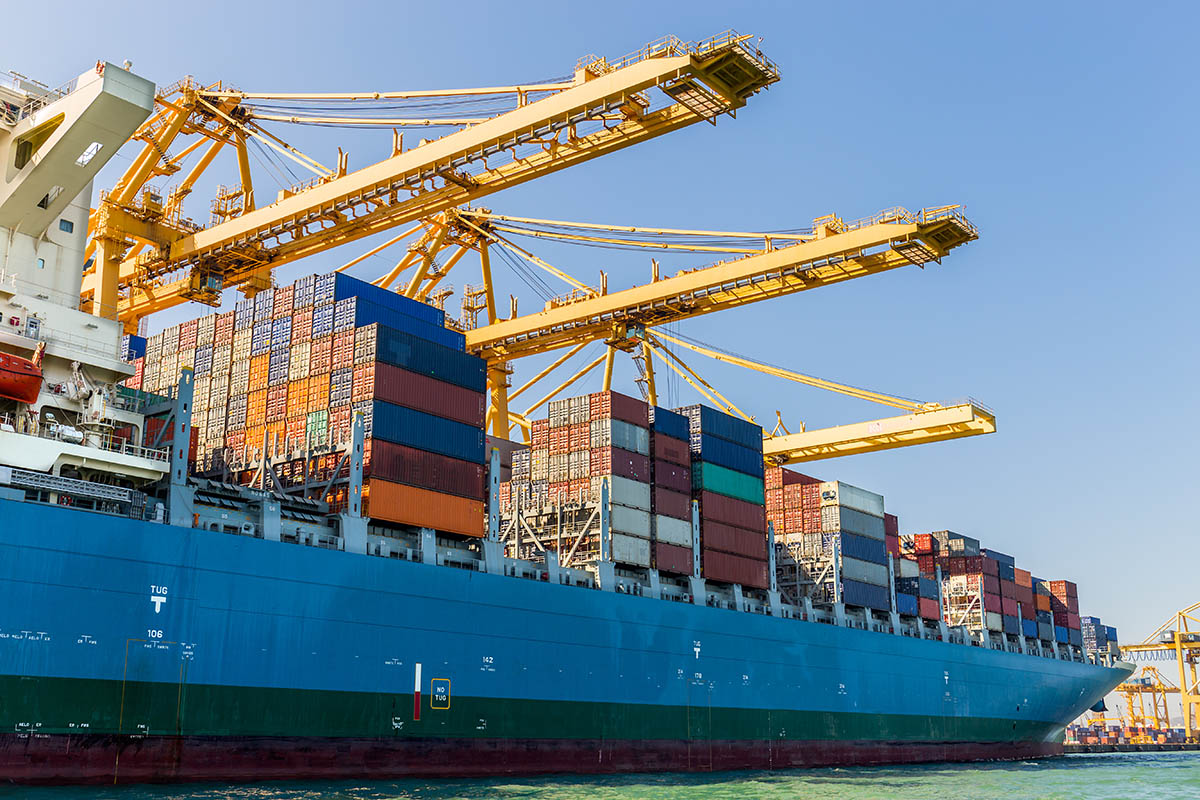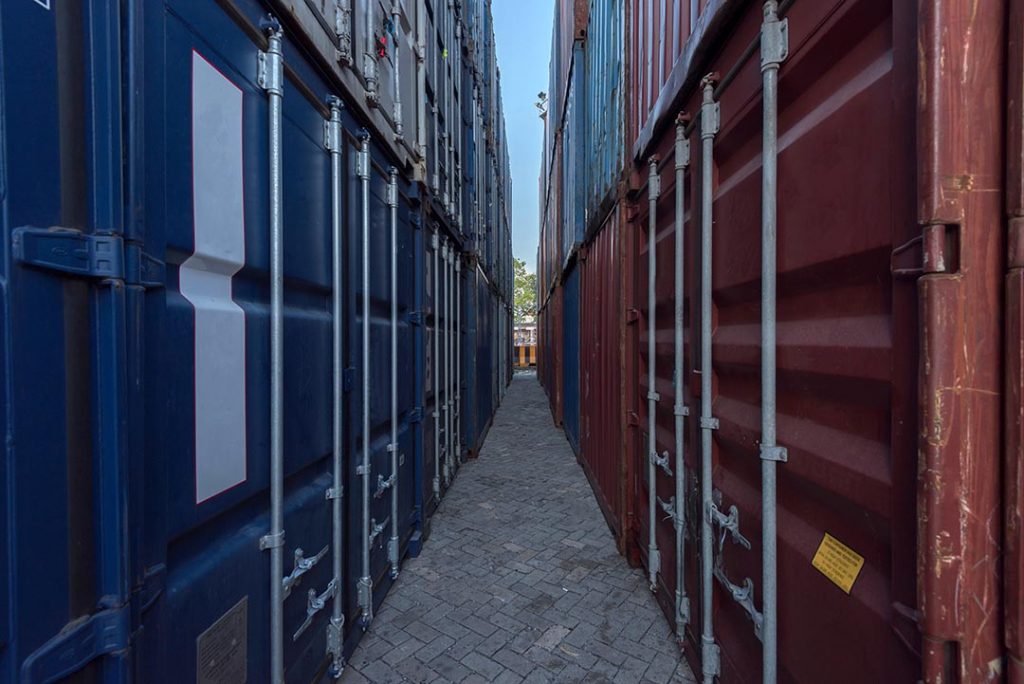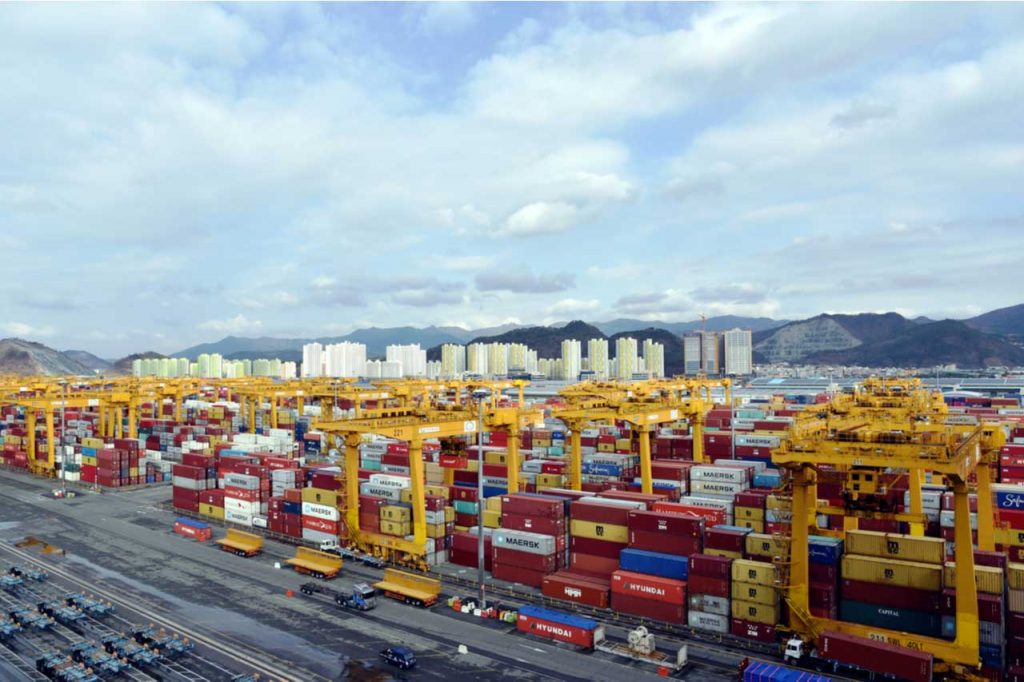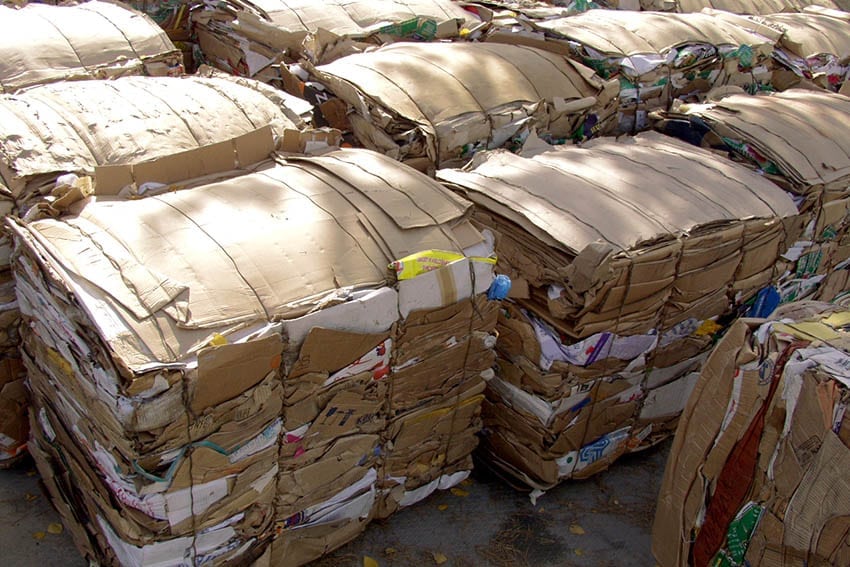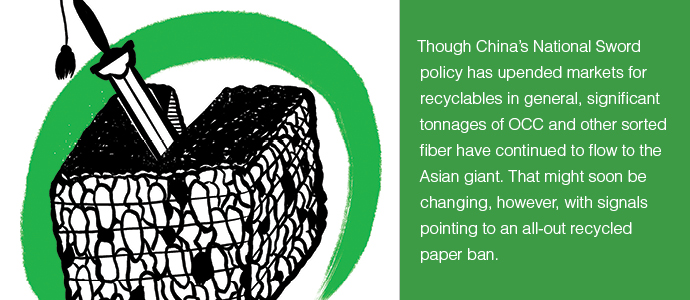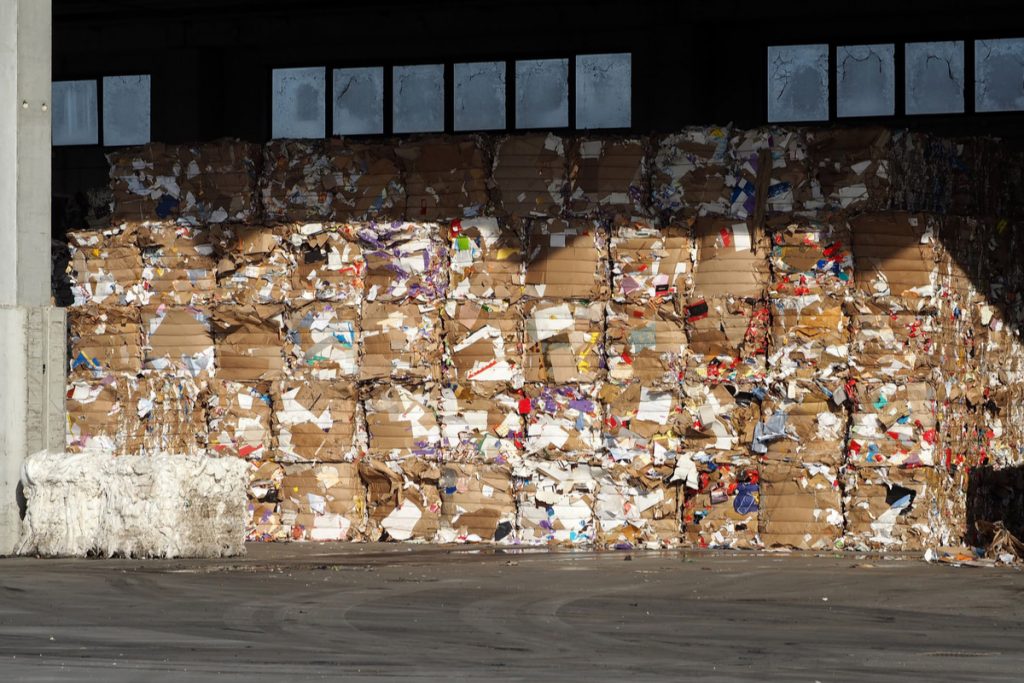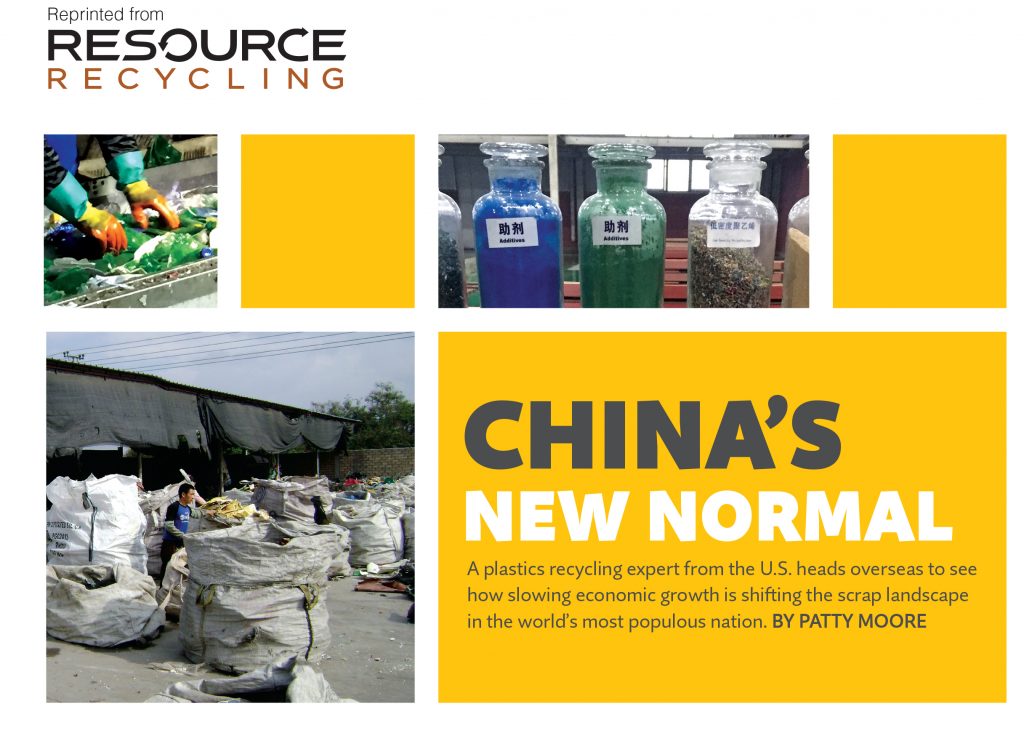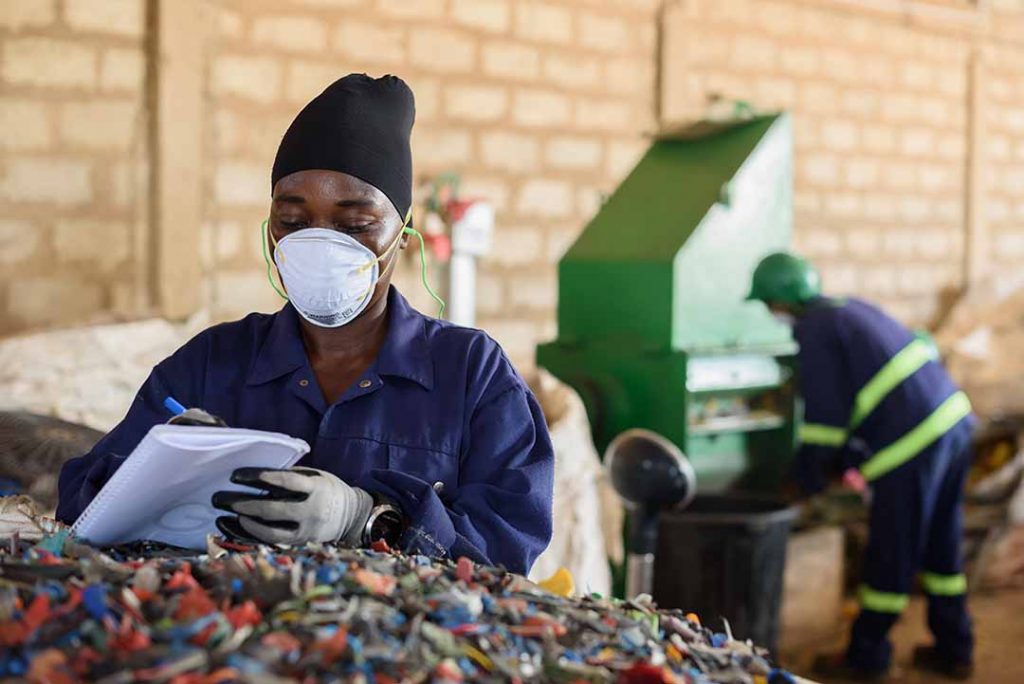
The Alliance to End Plastic Waste announced earlier this month it would be supporting a female-led plastics recycling plant in Ghana. | Courtesy of ASASE Foundation.
The Alliance to End Plastic Waste is currently working to implement more than a dozen initiatives worldwide. The group’s leader recently explained key details, as well as how COVID-19 has impacted progress.


